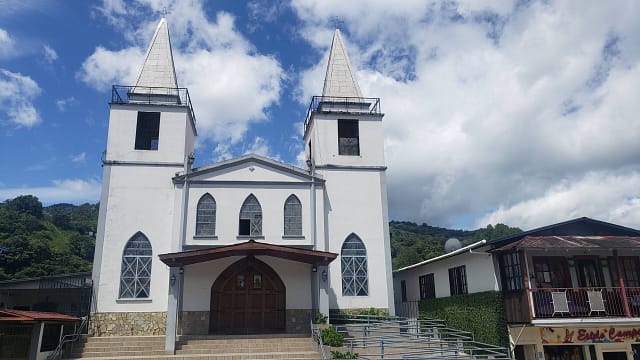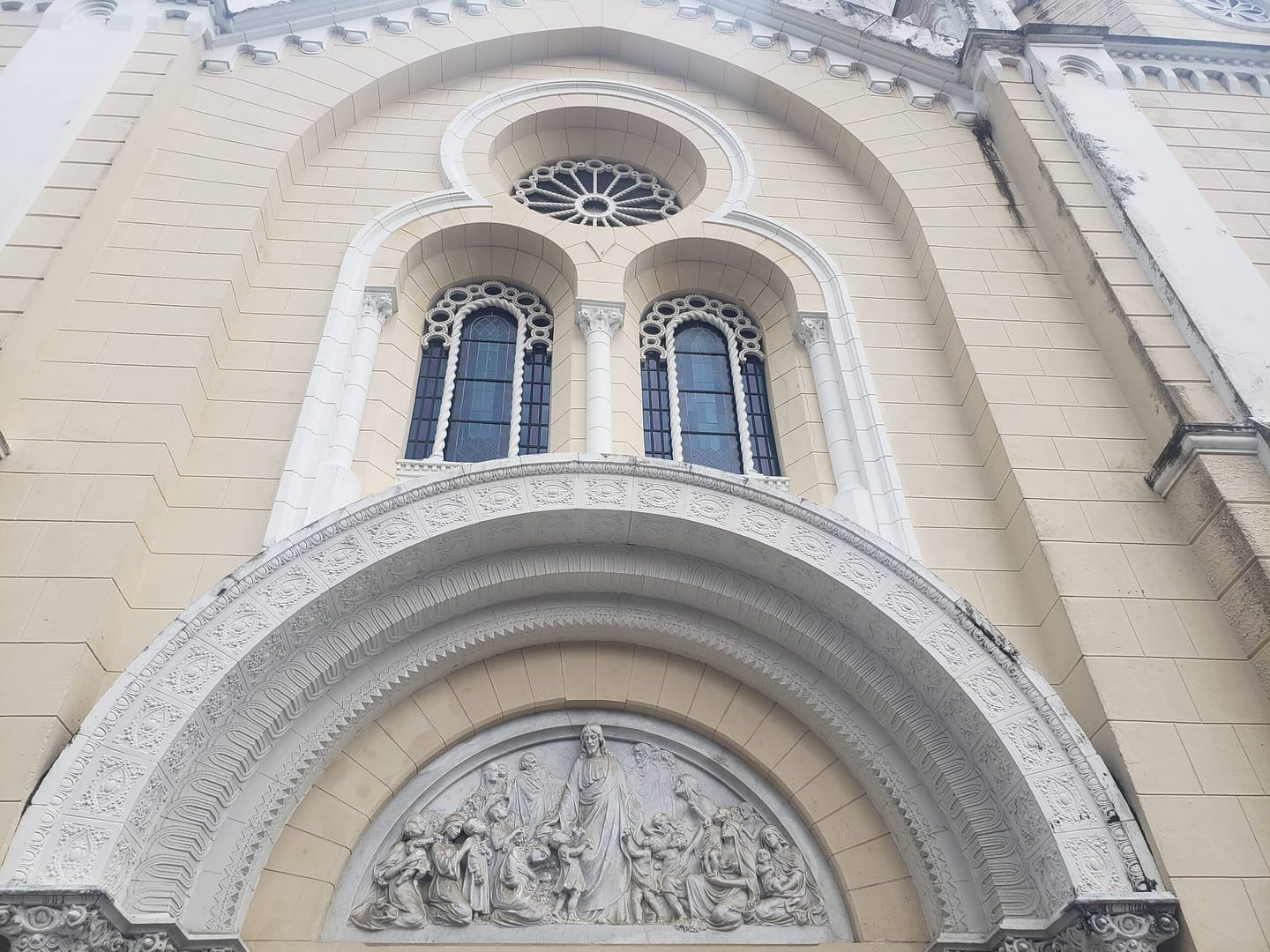Regardless of your own beliefs, churches/religious structures should always go on a travel itinerary, especially when headed to places that have had humans for a long time. These structures are home to beautiful art and architecture that give you a view into the history, experiences and culture of a location. Now, as a tourist, please remember these building are still active places of worship, so always treat them with respect and follow their visiting rules. We want to keep these places open to the general public.
Catholicism and Panama
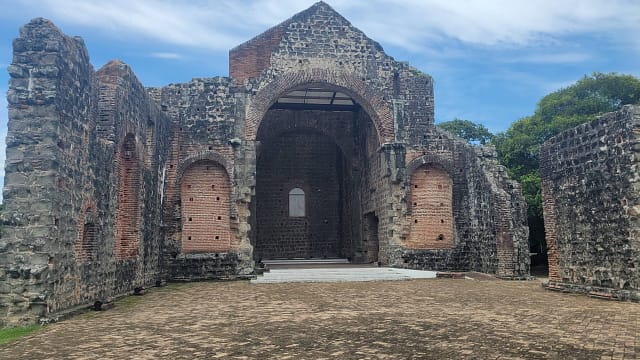
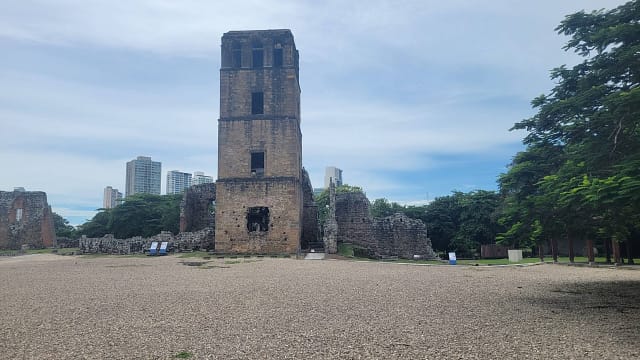
With the Spanish’s first permanent settlement in Panama in 1510, Catholicism came along for the ride. So it is no shocker that some of the oldest churches still standing in Panama are Catholic and that a majority of current day Panamanians identify themselves as Catholic.
The ruins of old Panama, referred to as Panama Viegjo, is a UNESCO World Hertiage site that maps out the original settlement of Panama. This site is the oldest continuously occupied European settlement on the Pacific Ocean. The ruins include a convent and the bell tower from the 2nd Cathedral built in this area. The first church was all wood and lost in one of several fires that burnt portions of the city during the 1500s.
Metropolitan Cathedral of Panama City
Catedral Basílica Santa María la Antigua de Panamá, or the Metropolitan Cathedral of Panama City was constructed between 1688-1796. The main alter in the Cathedral is breath taking. It was actually constructed in the late 1800s by the French, most likely tied to the work on the Canal.
There are numerous smaller alters lining the right and left side of the sanctuary dating over several centuries, made mainly of stone. As a reminder that the building is still very relevant to the local congregation, there is a large mural on the right hand side just after entering that is in honor of those lost in the Covid-19 Pandemic.
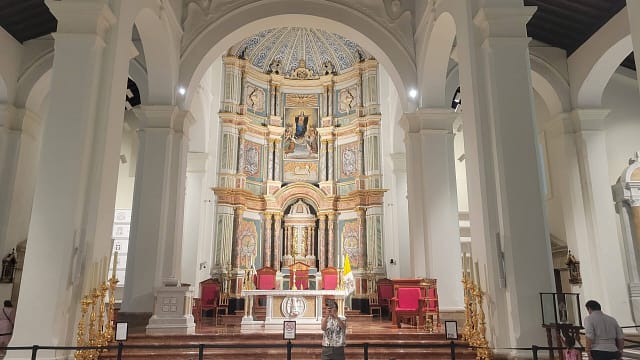
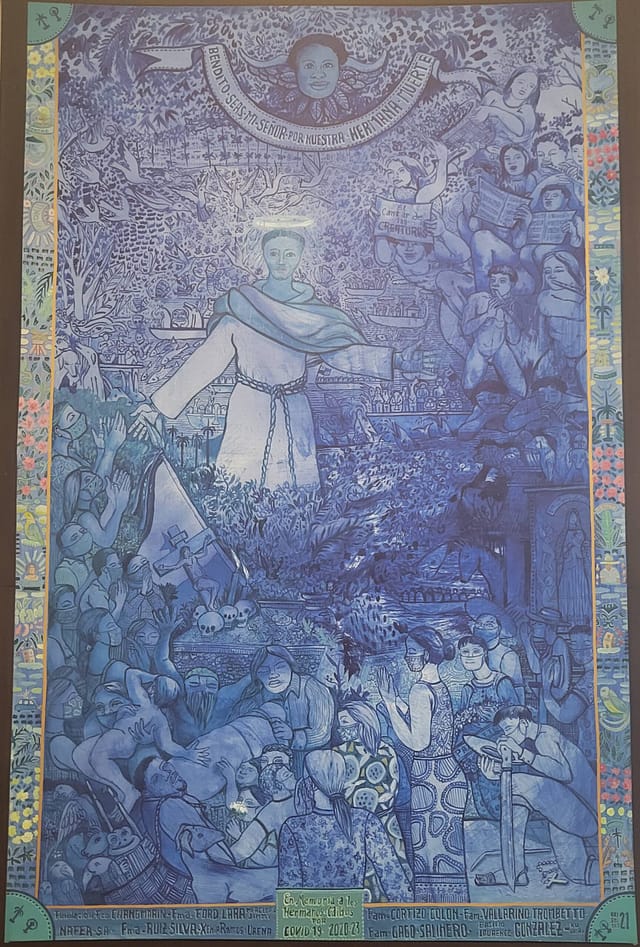
Saint Francsis of Asisi Church
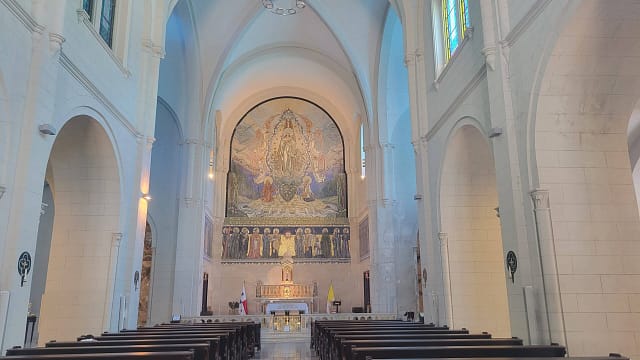
This large church is located on Bolivar plaza in Cascio Viejo right across from the National Theatre. It is has been rebuilt many times over its 200+ year history, with the last rebuild finishing in 1998. It remains on its original foundation.
Many of the alters in the church are hand painted hardwood alters done by indigenous artists of Panama.
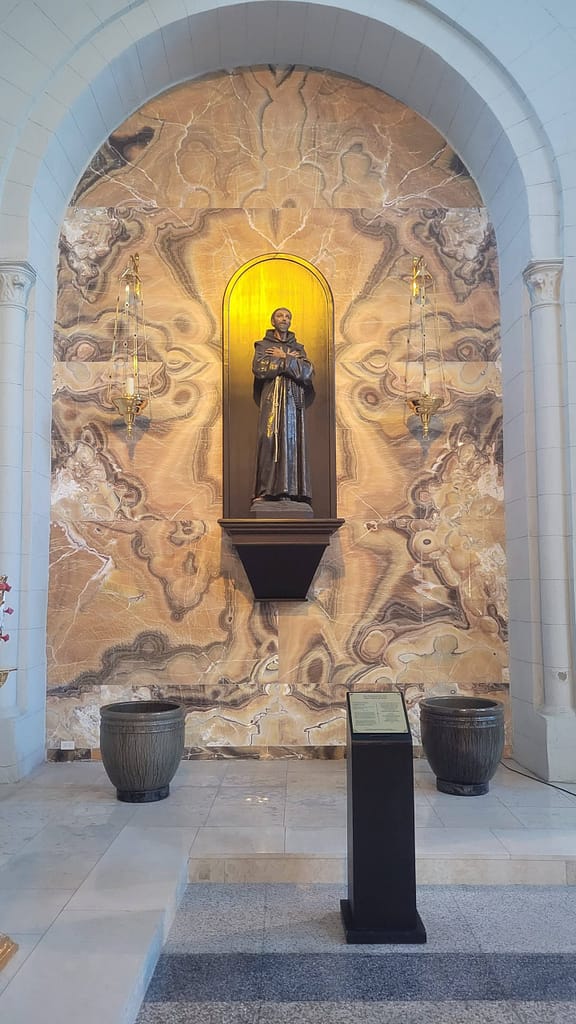
Church of Saint Joseph
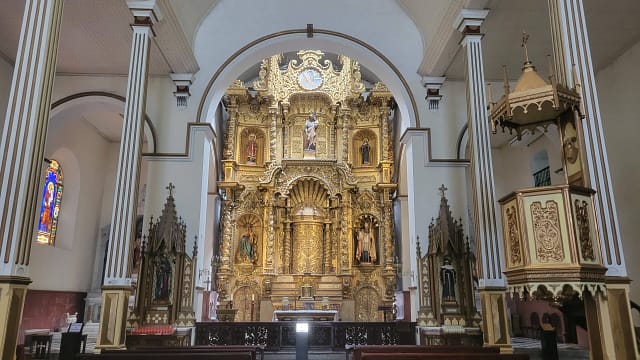
This modest church built in the 1670s hides inside it the famous golden alter of Panama. It is a hand carved wooden alter covered in gold flake.
One of the many stories of this alter is that the Jesuit priests painted the alter black to hide the gold from Captain Henry Morgan, who is responsible for one of the many fires that destroyed Panama City over its long history. In reality, the alter was not covered in gold leaf until 1915.
Parish of San Filipe de Niri
This neoclassical church was another one constructed in the late 1600s that would need to be rebuilt after the fires of 1737 and 1756.
This church has served as a convent, hospital, and school over its long history. The most recent renovation on both the interior and exterior was completed in 2004. The interior walls were specifically painted a yellow white color to help accent all the original neoclassic detail that was put in after the 1756 rebuild.

San Pedro Church - Tabago Island

The second oldest church founded in the Western Hemisphere, 1524, San Pedro Church could be mistaken for a fort if it wasn’t for the tower and white exterior. It is well worth the walk from the beach to see this historic beauty.
San Juan Bautista Church - Boquete
Just off the main square in the heart of Boquete is a very busy Catholic church. Given the small size of Boquete, and its oversized ex-pat community, I was surprised by all the activity in and around the church everyday as we explored the town. However, once you learn that Boquete serves as hub in the western Chiriqui, it makes sense.
